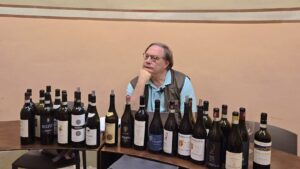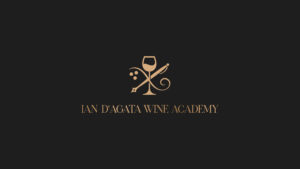Over the last thirty years, I have had the honour and pleasure to guide wine tastings of wines from the world’s leading wine estates, some extremely famous, others less so. As is common in my initiatives, leading lights such as the Sandrone winery and Nebbiolo (the subject of a separate article) sat side by side and shared the stage with the likes of extremely high-quality but little-known Terenzuola winery and Vermentino Nero. As my faithful readers know, education has been the driving force behind everything I have done in wine for the past thirty years: I firmly believe it is the means by which we can increase wine enjoyment and sales moving forward. Wine education is not something I have jumped on the bandwagon on recently because it’s cool or because it helps sell my wares: you will notice some wine writers who have never given a second thought to the importance of wine education in their writing now trying to pass themselves of as defenders of that faith, a sad joke that tells you in just how much difficulty they are. But better to finally see the light late than never, I guess.
Clearly, wine education in and of itself means nothing if you cannot back up what you are talking or writing about without good examples of what it is you are trying to explain. If you want to be an educator and then lead a tasting with a series of industrially made, insipid, neutral wines with no sense of grape or place, or wines that are faulty because of a misjudged, dogmatic attempt at eliminating sulfur from one’s winemaking (or the lack of talent by which to make such wines so that they are clean and enjoyable, not funky or flawed), well, then that’s also pointless.




